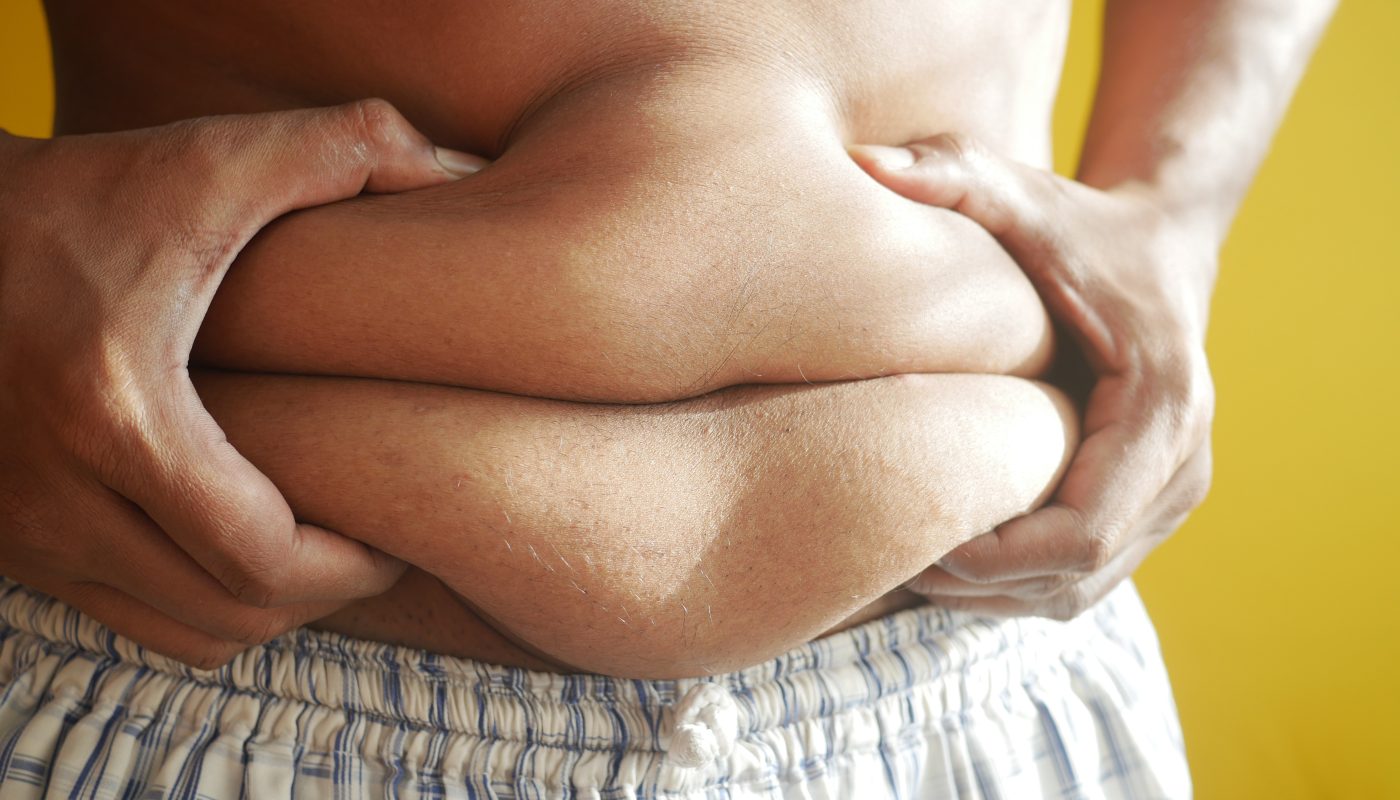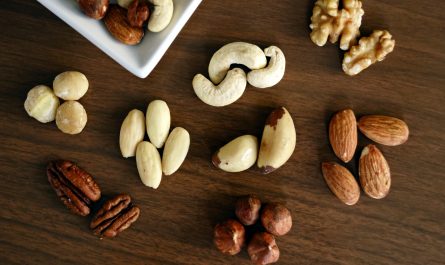According to the world health organisation, in 2016, more than 1.9 billion adults were overweight or obese. Maintaining a healthy lifestyle might be difficult if you have a busy and stressful existence. Many factors like stress, unhealthy eating, dependence on devices, sedentary lifestyle and easy availability of fast food have contributed to belly fat.
One of the most stubborn fats found in the body is belly fat. It takes a sustainable and healthy routine to get rid of stubborn belly fat. Making small changes in your life can drastically affect your overall weight and the amount of belly fat. An increase in belly fat can indicate lifestyle disorders, including diabetes, cardiac problems, and liver damage.
Recent research has predicted the bodies of men and women behave differently to belly fat. While belly fat in men leads to cardiovascular diseases, disease resistance and high blood pressure, the Harvard Health Publishing talks about the greater risk of belly fat in women. A hip to waist and BMI analysis shows that there is a 18% stronger chance of heart attack prediction in women than in men. It can also increase the risk of Type 2 diabetes and breast cancer in women.
Types of Belly Fat
There are two types of belly fat: visceral fat and subcutaneous fat.
Visceral fat surrounds the organs, and subcutaneous fat is found right beneath the skin. Subcutaneous adipose tissue is mostly innocuous. However, visceral fat can cause several disorders like heart disease, type 2 diabetes, cancer, liver damage, gall bladder related issues and dementia. In addition, visceral adipose tissue is “metabolically active” tissue. In other words, they contain more cells, blood vessels and nerves than subcutaneous adipose tissue.
Increased abdominal fat is associated with higher triglyceride and LDL cholesterol levels and a lower HDL cholesterol level. This fat results from different factors and by the type of diet consumed.
Why Do People Get Excessive Belly Fat?
There are many reasons why people develop belly fat. These include:
1. Poor Diet
A diet with the wrong types of foods can be a significant factor in increasing belly fat. For example, a low protein and high carb diet can drastically affect weight. In addition, carbs like bread, sugars and sodas can affect the body by slowing down metabolism. It can also reduce the ability to burn fat effectively. As a result, it causes fat accumulation in the abdominal region. Additionally, some fats like trans-fats and saturated fatty acids are unhealthy for the body. Foods like fast foods, baked goods, and unhealthy snacks contain these fats.
2. Lack of Physical Activity
Another primary reason for increased abdominal fat is the lack of exercise. A study suggests that Lack of adequate exercise has a greater influence on belly fat than caloric consumption. By consuming more calories than you burn, you may accumulate fat in your body. As more and more fat accumulates in the body, it becomes more challenging to reduce it.
3. Irregular Sleep Schedule
An irregular sleep schedule indirectly affects weight gain, especially abdominal fat. A study suggests that people with irregular sleeping schedules are more likely to experience unhealthy eating behaviours like binge eating or emotional eating. Binge eating is a coping mechanism for some individuals who are stressed out as a result of lack of sleep. In addition, getting less sleep might make you feel more stressed. A lack of sleep leads to a slower metabolism and an unhealthy digestive system, which does not burn fat effectively.
4. Genetics
Our genetics are the only risk factor that we cannot control. Some genes increase a person’s ability to store fat in the abdominal region, whether they suffer from being overweight or not. Additionally, our genetics can influence how effectively our body metabolises fat. As a result of their sluggish metabolism, some individuals struggle to lose weight, especially belly fat.
5. Stress
People who suffer from chronic stress constantly release cortisol in their bloodstream. Cortisol prepares the body for any emergency and assures its survival. But, unfortunately, this survival mode does not consider effective digestion. As a result, it slows down our metabolism. So, instead of digesting fats, this hormone accumulates fats, especially belly fat. Not to mention, stress can lead to unhealthy eating habits and sleep patterns, all of which increase belly fat.
6. Consuming Excessive Alcohol
Evidence from a study links excessive or binge-drinking alcohol with an increase in adipose tissue in the body. Adipose or fat tissue is more likely to accumulate in the belly region. Excessive drinking increases hunger, leading to binge eating (mostly unhealthy and fast food). It happens because alcohol can stimulate the release of some neurotransmitters like opioids and GABA. These neurotransmitters stimulate the feeling of hunger in the body. Furthermore, alcohol also increases the levels of hormones linked to satiety. They inhibit the synthesis of enzymes required for effective carbohydrate digestion.
Why is belly fat harmful?
Evidence suggests that having high visceral fat in the abdominal region can lead to chronic disorders. These include many cancers, type 2 diabetes, cardiac diseases, and metabolic syndrome.
A study proves a direct relationship between the fat distribution in obese women and their risk of cardio-metabolic disorders. It demonstrates that visceral adipose tissues (VAT) can cause several side effects. For example, as the VAT in the body increases, the rate of lipolysis or lipid digestion goes up. This lipid accumulates in the liver, which can be harmful to the liver, heart and general metabolism. Additionally, an increased amount of VAT in the body can shoot up the secretion of many hormones and growth factors. These hormones and growth factors lead to several cardio-metabolic diseases.
How to lose belly fat in a healthy way?
1. Improve Your Diet
Consuming a healthy diet can drastically improve health and lead to a decrease in belly fat. A diet consisting of lean proteins, complex carbohydrates, healthy fats, nutrients, minerals, and soluble fibre can positively impact health. Some ways to do this is by making healthier choices while buying food. Let us look at a few ways to improve your diet.
2. Introduce complex carbohydrates to your diet
Instead of buying white bread, buy whole-wheat bread. In addition, instead of white rice, try brown rice. These whole-wheat food products use whole grain with minimal processing. Complex carbohydrates impart maximum nutrition and energy to the body and provide higher satiation.
Examples of complex carbohydrates are beans, peas, legumes, fruits and vegetables.
3. Eliminate sugar from your diet
Reducing refined sugar intake can speed up the process of belly fat reduction. Research demonstrates a direct correlation between sugar consumption and increased belly fat.
Fructose (specifically in sugar) can increase adipose distribution in the abdomen. As a result, it makes it harder for your metabolism to degrade the fat there. In addition, fructose increases the expression of specific genes designed to increase lipid synthesis in the body.
You can substitute refined sugar for healthier options. For example, replace sugary drinks like sodas with fruit juices or flavoured water. Additionally, you can use natural sugar-free sweeteners, honey, or jaggery instead.
4. Increase protein intake
Increasing protein intake can lead to a feeling of fullness, increase your metabolism, and help retain muscle mass. In addition, a study shows the association between increased lean protein intake and decreased abdominal fat. This condition is due to increased thermogenesis after consuming lean proteins. To simplify, the rate of burning calories was higher after protein consumption than carbohydrate consumption.
Some good sources of healthy proteins are meat, eggs, fish, beans, lentils, dairy (or dairy substitutes), and yoghurt.
5. Introduce soluble fibre to your diet
Soluble fibre goes undigested to our intestines, which aids in weight loss. It makes us feel satiated and reduces the calories that our body can absorb. Additionally, it lengthens the time between meals and hence reduces the quantity of food consumed.
Some sources of dietary fibres are Oats, legumes, berries, flax seeds, and raw fruits and vegetables.
6. Exercise
Exercising for a minimum of 30-40 mins every day can radically improve health conditions. Some exercises target the abdominal region to reduce belly fat. However, it is not possible to spot-reduce or precisely target fat in any area of the body. So, the only way to lose fat is to target the fat in every area of your body collectively.
By performing a combination of the following exercises, it is possible to work out your entire body. In the process, you can lose belly fat. The key here is the exercise consistency, not intensity.
7. Aerobic exercises
Aerobic exercises like cardio are one of the most effective ways to burn belly fat. A study proves the existence of a direct link between cardio workouts and a reduction in visceral belly fat.
Some examples of cardio exercises include swimming, cycling, running, and brisk walking.
8. High-intensity interval training
High-intensity interval training is an exercise routine that is a mix of intense exercises and lower intensity workouts with rest periods in between. Therefore, it is another effective way to reduce overall weight and burn belly fat.
Some examples of these are jumping jacks, burpees, squatting, deadlifting, and more.
9. Resistance training
Resistance training includes a set of exercise routines that comprise weight lifting and strength training. A study suggests that pairing resistance training with aerobic exercises effectively reduces visceral fat in the abdominal region.
These exercises include squats, lunges and bicep curls.
10. Abdominal exercises
Abdominal exercises target strengthening and toning abdominal muscles. As a result, it can also help reduce visceral belly fat. Some examples of abdominal exercises are planks, crunches and leg lifts.
Other effective ways to lose belly fat are reducing your alcohol intake, quitting smoking, fixing your sleeping patterns, and minimising the amount of stress in your life.




